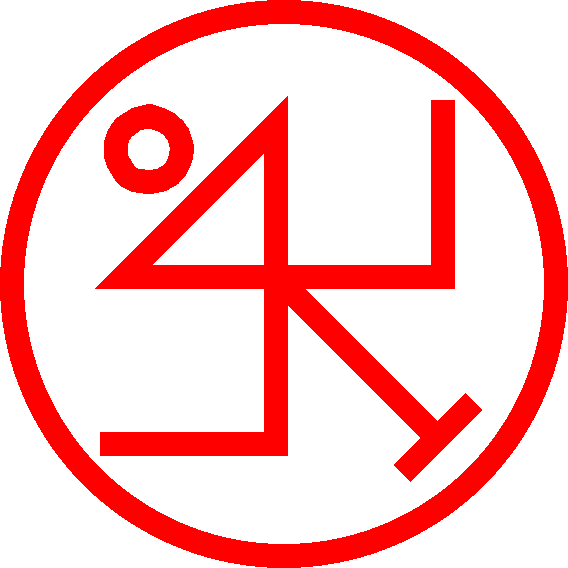I’m going through every Hebrew entry in Crowley’s Sepher Sephiroth (“book of emanations”, or simplified, “book of numbers”) and looking at what each Hebrew word actually means by comparing it to Hebrew Biblical dictionaries, and sometimes looking at modern Hebrew ones too for a backup (being aware of linguistic change, of course).
There are lots of typos. This will take a while.
Today, the Hebrew word קוץ (pronounced much like the English “coats”). In a modern dictionary, as well as Biblical ones, it means “thorn”. But Crowley translates it “The crown, summit, point.” Well, I guess a thorn in some sense is a point, but certainly not a crowning summit.
So I look at Knorr von Rosenroth’s Kabbala Denudata (“Kabbala unveiled”) which was Crowley’s primary source. Sure enough, the Latin translation of this word is “Apex”, which means in Latin pretty much what it does in English. So Crowley accurately represents von Rosenroth, but neither agrees with the rest of Hebrew sources. What gives?
Well, it turns out that in Matthew 5:18, New International Version, we read:
For truly I tell you, until heaven and earth disappear, not the smallest letter, not the least stroke of a pen, will by any means disappear from the Law until everything is accomplished.
And in King James:
For verily I say unto you, Till heaven and earth pass, one jot or one tittle shall in no wise pass from the law, till all be fulfilled.
But the phrase for what will “pass” or “disappear” in Greek is “ἰῶτα ἓν ἢ μία κεραία”, “one iota or one keraia“.
Now “iota” is a Greek letter, as many readers will know; and suddenly one connects our “jot” with Greek “iota” (given the Latin I vs. J problem) and realizes where “jot” comes from. But what is a keraia?
It turns out that keraia means
a little hook, an apostrophe on letters of the alphabet, distinguishing them from other little letters, or a separation stroke between letters. [Source: Strong’s Concordance.]
But the actually original meaning of the word is “a little horn“. That ker- in there? As in keratin, the substance that our fingernails and animals’ horns are made of.
Anyone who’s looked closely at nice manuscript Hebrew letters knows that they traditionally have lovely little flourishes at their end – serifs, as we would call them in modern English. The word for one of these is … qots (קוץ). “a thorn”.
The Rabbinical Hebrew equivalent of “a jot and a tittle” is a yod and a qots, Yod being the Hebrew letter closest in function (and name!) to Iota. It is also the smallest letter of the Hebrew alphabet. So ensuring that every yod and qots is preserved is the attention to detail which Jesus was expressing.
But how do we get to “apex”? Well, if a qots is a tiny fine point of writing, we should note that there is one other meaning of “apex” in Latin: a diacritic mark, not unlike an apostrophe or an acute accent!
In the Vulgate, the standard Latin edition of the Bible for centuries, the phrase is “iota unum aut unus apex” (“one iota or one apex”, emphasis mine).
And finally, let us look at the beginning of von Rosenroth’s full definition of קוץ:
Apex: Apices literarum referuntur ad Jesod, … [emphasis mine]
“Apex: The apexes of letters refer to Yesod, …”
So there you have it. If Crowley had read one more word carefully, he might have gotten it all right. Instead, he probably saw “Apex” and thought “a summit” and had done with it. After all, he was a mountaineer.
